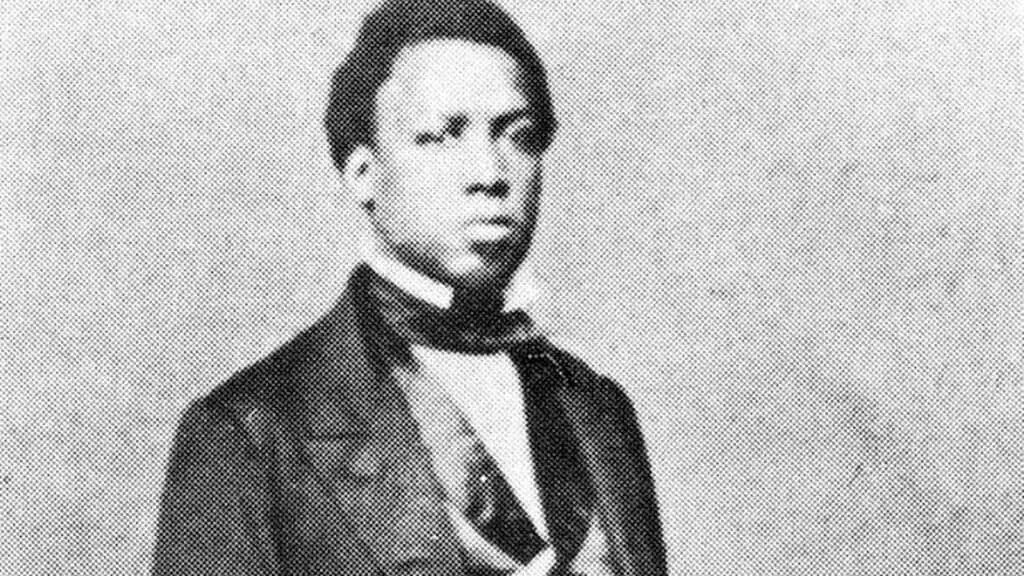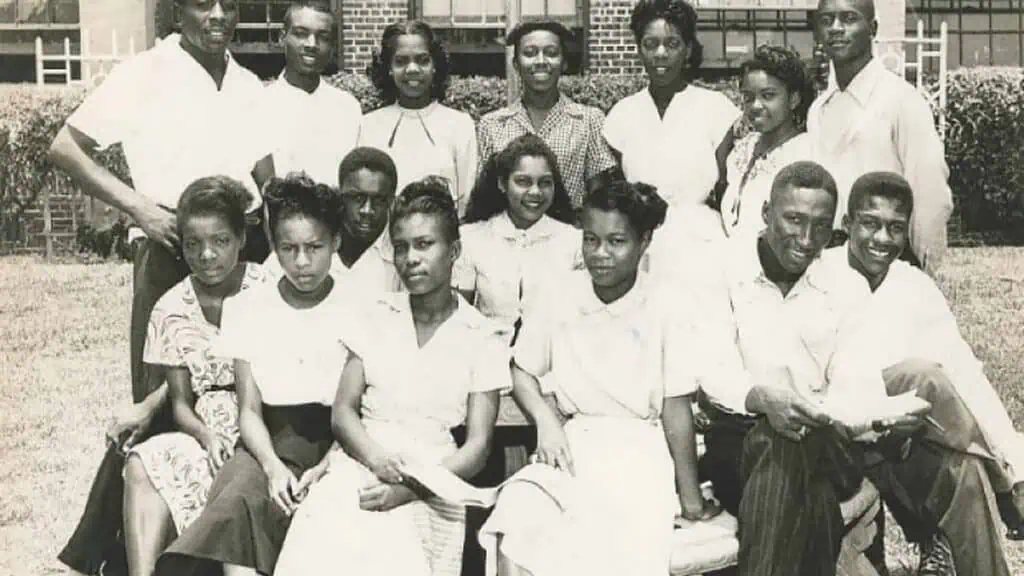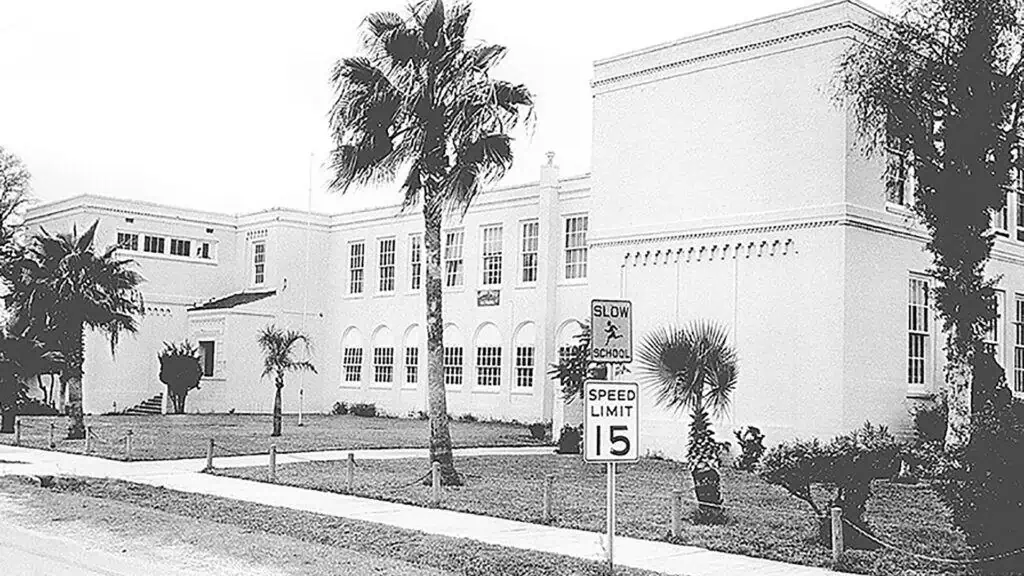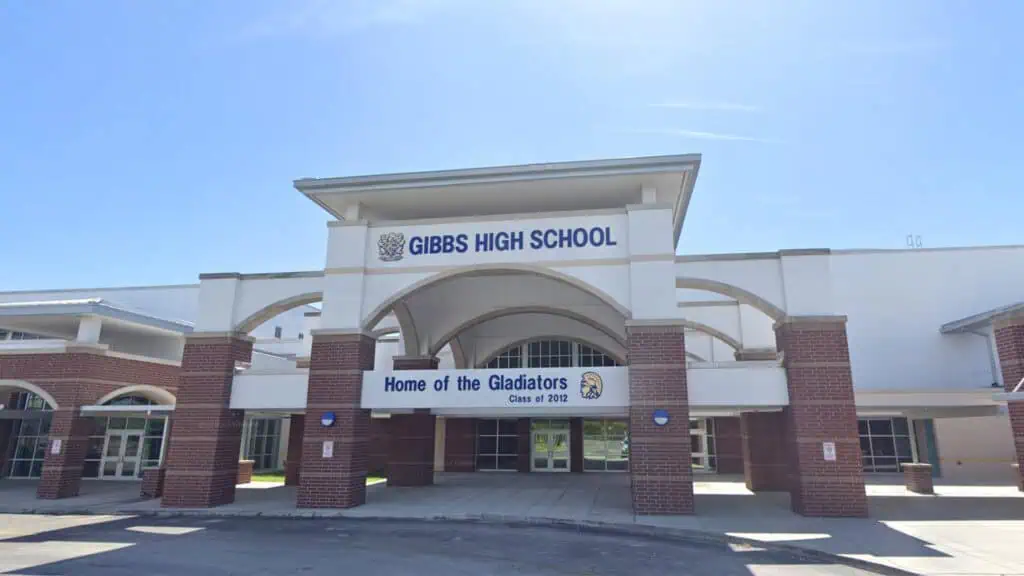
Gibbs High School, settled in the soul of St. Petersburg, Florida, stands as a tribute to the spirit of a community that has fought for equality and cultural pride. In 1927, Gibbs High School became the inaugural public high school catering to Black students in Pinellas County.
Did you know the school was named in honor of Jonathan C. Gibbs? Gibbs was a pioneering African American educator and politician who served as Florida’s first black Secretary of State (1868 to 1873) and Superintendent of Public Instruction of Florida. The Zinn Education Project notes that Gibbs “advocated for education as a civil right in the 1868 Constitution,” and oversaw a rapid expansion of public education.
ADVERTISEMENT
Due to a downturn in the economy in 1926 and a decrease in the number of white residents moving to Pinellas County, the school board repurposed a previously unopened white elementary school in St. Petersburg into Gibbs Junior-Senior High School exclusively for Black students. When it opened, the school lacked electrical lighting and sufficient equipment.

The scholars of Gibbs High School
Prior to the establishment of Gibbs in 1927, Pinellas County did not provide education beyond the 6th grade for black students so families seeking a high school education had to enroll their children in private church-affiliated black schools.
The scholars of Gibbs High School battled several challenges that no student should have to worry about, including inadequate funding and overcrowded classrooms. However, despite this unfair treatment, dedicated educators and supportive parents worked tirelessly to provide a nurturing environment where young minds could flourish. Their efforts against the systemic barriers they faced, acted as a declaration that education was a right, not a privilege.

A “crucible of change” in St. Petersburg
In 1954, the Supreme Court declared segregation in public schools unconstitutional (Brown v. Board of Education), setting the stage for monumental changes at Gibbs High School and others.
In the 1960s, Gibbs High School began the process of integration, and although laws were now in place, unfair treatment was still very prevalent. In 1966, Black students and parents decided to stage a walkout to protest the unequal opportunities compared to white schools.
After much progress, they still faced adversity in the community. Raven Joy Shonel of the Weekly Challenger writes, “In 1971, construction on I-275 started slicing through the city. The project razed hundreds of homes, businesses, and churches. It cut behind Gibbs High, severing the school from part of its community.”

Gibbs alumni continue to impact, and support St. Pete
The story of Gibbs High School resonates deeply with its alumni, like Lolita Brown and Gwendolyn Reese, who fondly remember it as a haven and cultural hub for the black community during the era of segregation. Gibbs became more than just an educational institution—it was a place where teachers were role models and mentors and students found support and pride in their community.
“People always say the church is the mainstay of the Black community, but at that time, it was the school,” said Reese in an interview with Nancy Guan for WUSF. Reese continued, “because we had many churches, but we only had one high school…it was the educational center, the cultural center.”
Today, Gwendolyn D. Reese is the president and chief executive officer of Peaten Reese Peaten Consulting and president of the African American Heritage Association of St. Petersburg in Florida.

New era for Gibbs High School
In 1984, Gibbs High School entered a new era with the establishment of the Pinellas County Center for the Arts (PCCA). This magnet program drew talented students from across the county, offering them unparalleled training in dance, music, theatre, and visual arts. The PCCA became a sanctuary for creativity, a place where dreams took flight on the wings of talent and hard work.
Gibbs High School’s impact extends far beyond its campus. It has been a steadfast community pillar, partnering with local organizations for initiatives that benefit students and residents. Just reference the school’s mural club to see the way its students have beautified this city.
In May, officials at the school announced they were seeking to launch a museum. The museum’s mission is to preserve, present, and honor Gibbs High School’s historical legacy and its impact on the local community’s educational, social, and cultural enrichment. The Jonathan C. Gibbs History Museum’s vision is to touch the lives of those who have passed through its doors and honor its commitment to strengthening connections for future generations.
Those with questions about the museum can contact Dennis Zuercher, Class of 1987, at 727.798.6076 or email dmzuercherghm@gmail.com.
ADVERTISEMENT





















